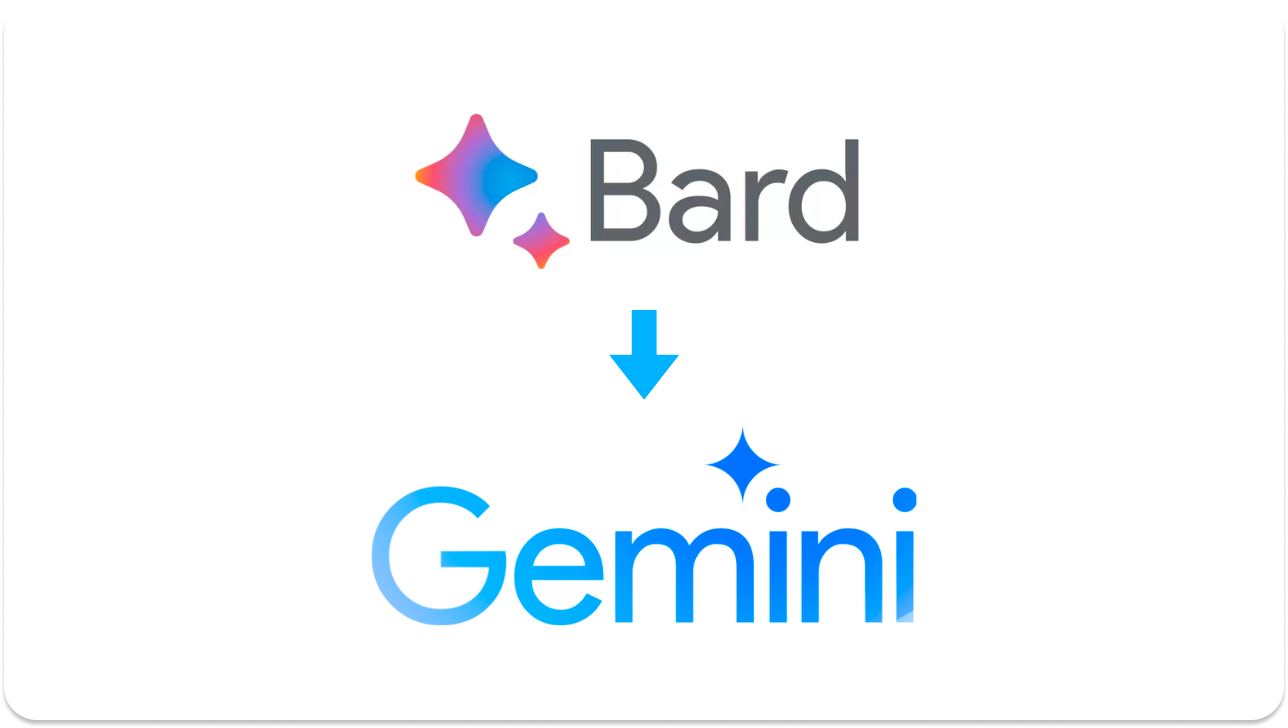Google’s advancements in AI have introduced two powerful tools: Gemini and Bard. While they share some capabilities, their core functionalities and target users differ significantly. This article explores the main differences between Google Gemini and Bard, providing a comprehensive understanding for those looking to leverage these technologies.
Google Gemini is a multimodal large language model (LLM) designed for a wide range of applications, including text, images, audio, and video processing. Released in December 2023, Gemini comes in three variants: Ultra, Pro, and Nano, each tailored for different use cases. Gemini’s versatility makes it suitable for content creation, software development, education, research, and customer service.
Google Bard, on the other hand, is a conversational AI chatbot initially launched in early 2023. Bard focuses on engaging users through natural and informative conversations, excelling in language-related tasks such as creative writing, language translation, and generating code snippets. Bard’s integration with Gemini has enhanced its capabilities, offering more advanced reasoning and planning features.
Key Differences
- Capabilities and Use Cases
- Gemini: Known for its multimodal capabilities, Gemini can handle tasks involving text, images, audio, and video. This makes it ideal for diverse applications, from creating digital art to conducting scientific research. Gemini is also equipped with advanced coding abilities, making it a valuable tool for developers (Appscribed, ChatFAI).
- Bard: Primarily a conversational AI, Bard is adept at generating human-like responses and assisting with creative tasks. It is particularly useful for writing, brainstorming, and overcoming creative blocks. Bard’s strength lies in its ability to understand and generate natural language text, making it a versatile tool for interactive learning and creative exploration (ChatFAI, Google Blog).
- Technical Foundation
- Gemini: Built on a robust infrastructure using Google’s AI-optimized Tensor Processing Units (TPUs), Gemini excels in complex problem-solving and reasoning tasks. It supports over 40 languages and can perform real-time web searches, making it a powerful tool for information retrieval and analysis (Zapier, Appscribed).
- Bard: Initially based on Google’s Language Model for Dialogue Applications (LaMDA), Bard has been upgraded to use the Gemini model. This transition has endowed Bard with enhanced generative and problem-solving capabilities, similar to those of other sophisticated chatbots. Bard can also access real-time information via Google Search, adding to its utility (Google Blog, ChatFAI).
- Integration and Accessibility
- Gemini: Available through Google Cloud’s Vertex AI, Gemini is designed for scalability and can be integrated into various applications across different platforms. This flexibility allows developers to use Gemini’s API to enhance their apps with advanced AI capabilities (Appscribed).
- Bard: While Bard itself is a standalone chatbot, its integration with the Gemini model has expanded its functionality. Users can now access a more advanced version of Bard through the Gemini Pro and Ultra models, which are gradually being rolled out. Bard’s user-friendly interface makes it accessible to a broader audience, including those with limited technical expertise (Google Blog).
- Pricing
- Gemini: Currently, the Gemini Pro API is offered at no cost, with usage limits in place. Specific pricing for additional queries or higher usage tiers is expected to be detailed as the model gains wider adoption (ChatFAI).
- Bard: Bard offers a tiered pricing structure, with a free basic version and paid plans that provide additional features and higher usage limits. These plans include Pro, Ultra, and Mega options, catering to different user needs and budgets (ChatFAI).
While Google Gemini and Bard share some underlying technologies, their primary focus and applications set them apart. Gemini’s strength lies in its multimodal capabilities and advanced reasoning, making it suitable for a wide range of professional applications. Bard, with its conversational prowess, remains a powerful tool for creative tasks and interactive learning. Understanding these differences can help users choose the right tool for their specific needs.







